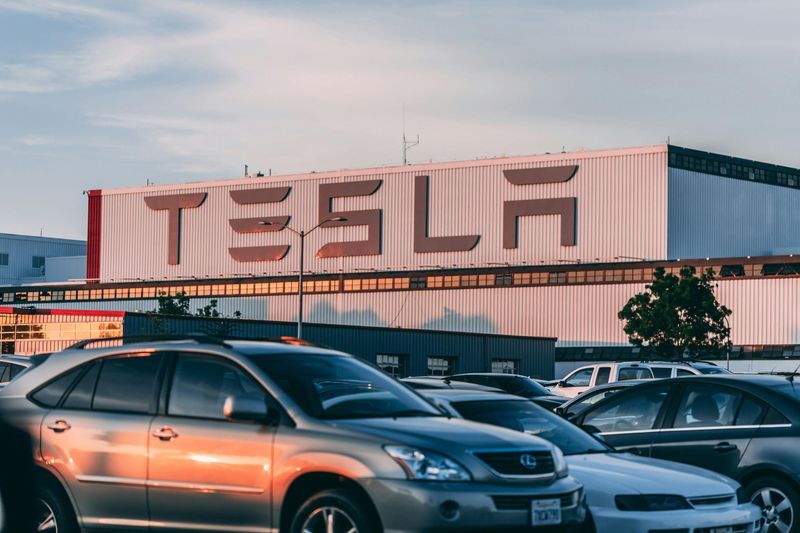
Tesla’s Q2 2025 Earnings: Autonomy and Innovation Drive Growth
Highlights
- Revenue increased by 19% sequentially
- Total deliveries improved 14%
- $284 million gain in Bitcoin holdings in Q2
- Record Powerwall deployment in Q2
- Margin improvements in energy and service segments
- Operating cash flows increased resulting in $146 million of free cash flow
- New Model Y helped improve margins
- Sequential cost increase of $300 million due to tariffs
- Reduction in regulatory credit revenue
Tesla’s second quarter of 2025 was marked by significant gains in revenue and operations, showcasing the company’s capability to navigate challenging environments and regulatory landscapes.
Financial and Operational Highlights
Tesla's automotive sector delivered impressive growth, with revenue rising by 19% sequentially despite reductions in regulatory credit sales. These gains were propelled by a 14% increase in total deliveries and improved average selling prices owing to the new Model Y launch. These factors also contributed to margin enhancements despite ongoing tariff impacts.
One of the standout achievements for the quarter was Tesla managing a $284 million gain from Bitcoin holdings, pivoting from a $125 million loss in Q1. Coupled with record Powerwall deployments, the energy segment demonstrated robust performance with margin improvements, balancing challenges posed by tariffs.
Strategic Developments in Autonomy and Energy
Tesla made groundbreaking strides by launching robotaxi services in Austin, without a driver in the seat for paying customers. While this marks a remarkable progression in autonomous technology, expansion efforts are already underway, aiming to engulf half of the US population by year’s end.
Despite the adverse impacts of the expiration of the IRA EV credit and new emissions standards, affecting the regulatory credit revenue, Tesla's efforts to enhance their energy services hold promise. The rollout of Megapack advancements and enhanced Powerwall capacity underline Tesla's commitment to sustaining energy leadership.
The deployment of autonomous technologies continues to shape Tesla’s forward thrust, as echoed by a rising adoption of Full Self-Driving (FSD) capabilities in North America, bolstered by recent software advancements.
Investments and Innovation
Continued investments in AI and robotics are proving fruitful for Tesla, as seen with the Optimus humanoid robot development marking a pivotal design phase aimed at revolutionizing future scale production.
Additionally, Tesla faces ongoing tariff impacts, with sequential costs swelling by $300 million, primarily within automotive and energy sectors. Nevertheless, these challenges have yet to dull Tesla's innovation drive, as it plans to open its third Megafactory by 2026.
Tesla's ability to innovate across the board while managing operational complexities and external pressures sets a compelling narrative for investors, as the company continues to align its strategy toward a more autonomous, energy-efficient future.
